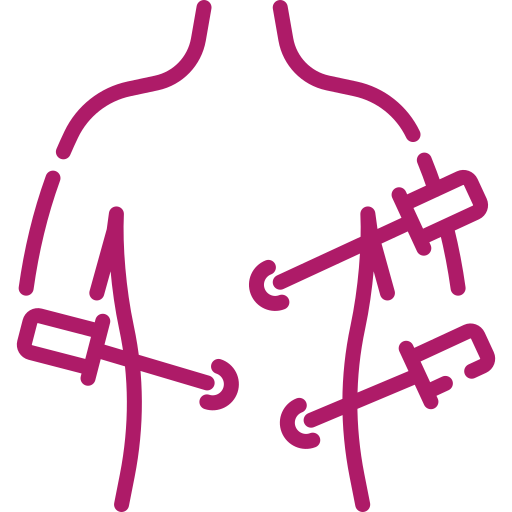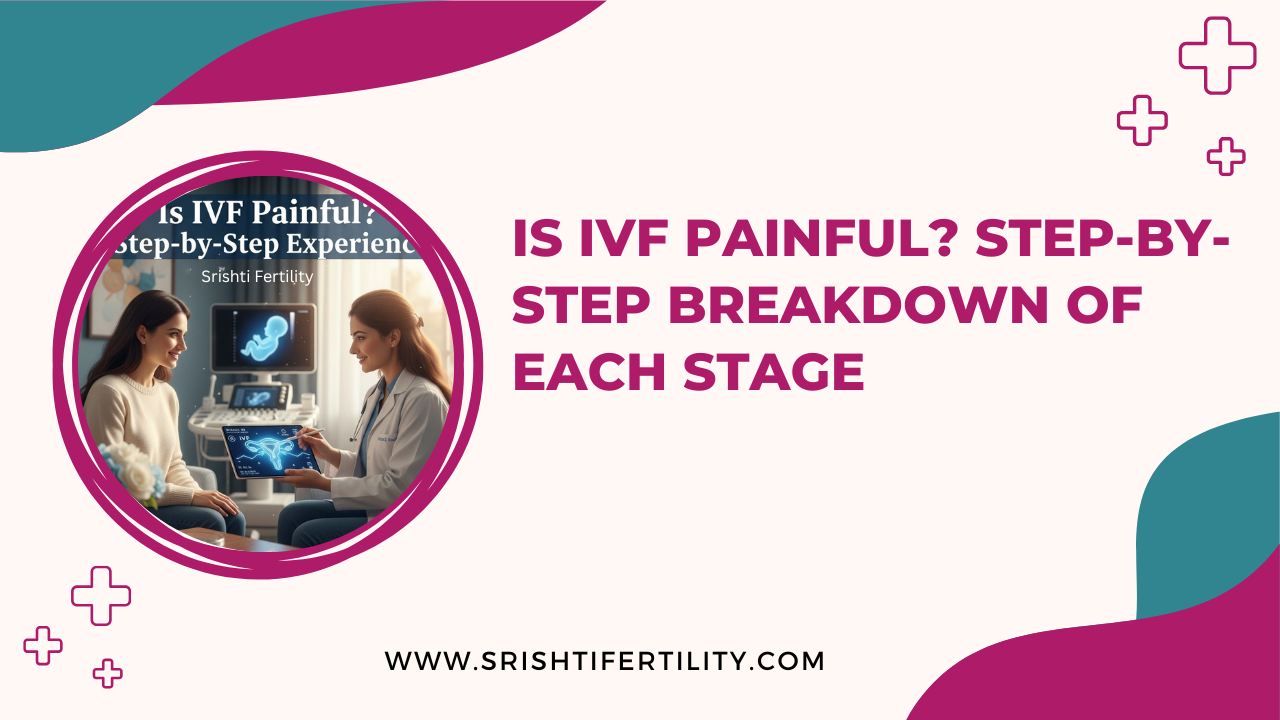

Caring for Women, Celebrating New Beginnings!
For over 24 years, Srishti Hospital and IVF Centre in Jaipur has been a trusted name in women’s healthcare. With 25,000+ healthy baby deliveries and over 10,000 successful Laparoscopy and Hysteroscopy surgeries, our Senior Consultant and Director, Dr. Mamta Gupta, has been a beacon of hope for many.
Lives Transformed
Laparoscopic and Hysteroscopy surgeries
Happy Deliveries

One Story At A Time

HIGH RISK PREGNANCY
Offering advanced care for high-risk pregnancies, prioritizing safety and health for both mother and baby. Your trusted maternal healthcare provider.

PAINLESS DELIVERY & LABOR
Expert pain management with epidurals for a comfortable, confident delivery

VAGINAL BIRTH AFTER CAESAREAN
Experience safe VBAC at Srishti Fertility: Optimal care, skilled gynaecologists, empowering your birthing journey after previous cesarean delivery.

Laparoscopy Surgery
Experience safe VBAC at Srishti Fertility: Optimal care, skilled gynaecologists, empowering your birthing journey after previous cesarean delivery.

We support every stage Of
your fertility journey

Experienced Gynaecologists in Jaipur
Discover care from seasoned gynaecologists in Jaipur, renowned for their expertise, empathy.

Specialised Women's Health Care
Experience specialized care tailored to women’s reproductive health, delivered with compassion and confidentiality.

Advanced Support with Transparency
Our compassionate team of gynaecologists in Jaipur provides advanced care, including fertility treatments.
Meet Our Experts
Your Trusted Partners in Care
Led by the finest gynaecologist in Jaipur, our team of specialists is passionately dedicated to women’s health, wellness, and creating miracles. With unmatched expertise and compassionate care, we’re here to support you at every step of your journey.

Dr Mamta Gupta
Director & HOD – Gynaecology & Fertility
- Years of experience: 24+
- Number of cycles: 25,000+

Dr K K Mangal
MS. MCH- Plastic surgeon
- Years of experience: 30+
- Number of cycles: 3500+

Dr PK Sharma
MD - Physician, Sr. Consultant Internal Medicine
- Years of experience: 40+
- Number of cycles: 3500+

Dr Sushil Poddar
Sr. Consultant Paediatrics & Neonatology
- Years of experience: 20+
- Number of cycles: 3500+
Welcome to Srishti Hospital
The Best IVF Centre in Jaipur
At Srishti Hospital, we are dedicated to transforming lives with advanced fertility solutions and compassionate care. Recognized as the best IVF centre in Jaipur, we empower you with expert guidance for your sexual health, intimate relationships, and journey toward parenthood.
Your dreams deserve the best—experience excellence with Srishti.
Neonatology at Srishti Hospital: Where New Beginnings Thrive
At Srishti Hospital, we provide advanced, compassionate care for newborns, ensuring every baby gets the healthiest start to life. From managing premature births to offering specialised treatments, our expert neonatologists work alongside our skilled gynaecologists to deliver unmatched care in a nurturing environment. Trust us to be your partner in safeguarding your baby’s first precious moments and beyond.

Gynaecology at Srishti Hospital and IVF Centre: Redefining Women’s Health
At Srishti Hospital and IVF Centre, we offer comprehensive, personalized care for women at every stage of life. As a leading gynaecologist hospital in Jaipur, we specialize in everything from routine check-ups to advanced treatments, ensuring your health and well-being are always our priority. Discover holistic solutions tailored to your needs and experience exceptional care with compassion and expertise. Your journey to a healthier, happier you begins here.

PCOD Care: Take Charge of Your Health
Struggling with PCOD? It’s time to regain control with expert care at the leading gynecologist hospital in Jaipur. Our specialized treatments and tailored PCOD diet plans are designed to balance hormones, reduce symptoms, and support your journey to a healthier lifestyle. Embrace customized care that works for you—because your well-being deserves nothing less.

Physiotherapy at Its Best: Relieve Pain, Regain Life
At Srishti Hospital, we go beyond reproductive care with advanced IFT physiotherapy solutions. Whether you’re recovering from an injury, managing chronic pain, or looking to restore mobility, our targeted therapies are tailored to your needs.
Experience expert care designed to strengthen your body, relieve discomfort, and help you embrace an active, pain-free lifestyle. Let us guide you on your journey to renewed health and well-being!

IVF: Turning Your Dreams Into Reality
At Srishti Hospital, we offer state-of-the-art fertility treatments to help you start or grow your family. As a leading IVF center in Jaipur, our expert team provides compassionate, personalized IVF solutions designed to maximize your chances of success. We create a nurturing environment where every step of your journey is supported with care and precision. Let us help make your dreams of parenthood come true!

Discover Inspiring Patient Success
Stories at Srishti Hospital and IVF Centre in Jaipur
Explore real journeys of hope, resilience, and success at Srishti Hospital and IVF Centre in Jaipur. See how we’ve helped families achieve their dreams with exceptional care and support.
We Deliver Happiness
Empowering Your Health at Srishti Hospital and IVF centre in Jaipur
At Srishti Hospital and IVF centre in Jaipur , we provide expert care tailored to every stage of life. Our fertility clinic in Jaipur offers personalized solutions for fertility, women’s health, and overall wellness, ensuring you receive the highest quality care for a healthier, happier future. Your well-being is our priority!
- All Posts
- Blog

The dual marker test in pregnancy is one of the most essential early screening tests that the doctors will recommend...

When the leap into fertility treatment is taken, the first question that comes to mind, for any couple, would be...

Anti-Müllerian hormone is one of the major hormones reflecting a woman’s ovarian health when it comes to fertility. Many women...




